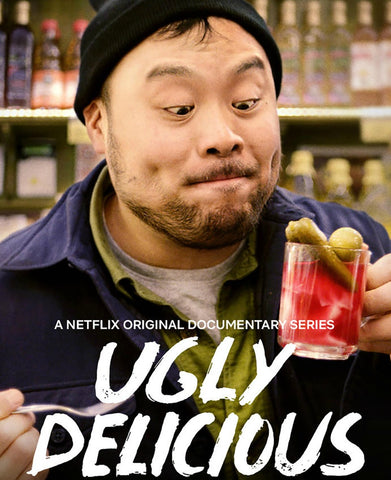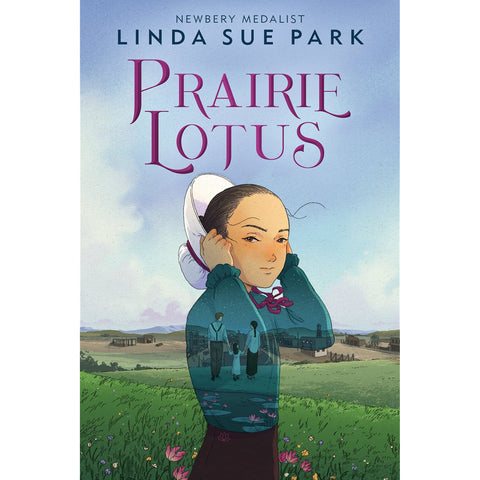You can express culture in so many different ways, whether it's through clothing, rituals, or language. And for us at Dang, the way we most closely identify with our heritage is—no shocker here—through food. After all, everything started with Mama Dang’s recipe for toasted coconut chips.
“I found food to be a way to embrace my identity in a relatable way,” says Dang founder Vincent Kitirattragarn. “People would say, ‘I love Thai food’ when finding out about my heritage and wax poetic about their favorite dish. It was an easy way to feel connected to others so I leaned into it and ended up doing a Thai pop-up restaurant in SF that led to Dang.”
We’re honored to do our part, but Asian-American representation has been increasing in so many different ways. So to celebrate May’s Asian Pacific American Heritage Month, we wanted to take a look at how bold-faced names in popular culture are embracing and elevating their identities.
Restaurants
Vogue recently called Filippino food “the next great American cuisine.” In February David Chang debuted season two of his Netflix culinary series Ugly Delicious, which has spanned xiaolongbao, fried rice and Indian food. Places like Koi Palace in the Bay Area, New York’s Xi’an Famous Foods, and n/naka in L.A. topped Eater’s list of America’s 38 Essential Restaurants. On top of that, Chinese and Japanese cuisines rank just under the number-one consumer pick of Italian, according to a 2018 survey.

What does that all point to? People are curious and craving more authenticity. There have been some slip-ups—including Bon Appetit using a non-Vietnamese chef to explain the very Vietnamese dish of phở and then apologizing after facing some backlash—but the influx of Asian chefs bringing tradition and a whole lot of flavors onto plates around the country is making huge strides in representation. You are what you eat, and these chefs are showing us a slice of their heritage one bite at a time.
Hollywood
Audiences used to see crude, stereotypical Asian characters in movies—think Long Duk Dong in Sixteen Candles or Mr. Yunioshi in Breakfast at Tiffany’s. Those were decades ago but recent hashtags like #OscarsSoWhite and #StarringJohnCho have proven that a lack of representation persists.
“Every Asian-American has asked themselves ‘who am I?’ without an easy answer,” our founder Vincent says. “I grew up hyper-aware of my Asian heritage and of Americans' knowledge of my heritage. For Halloween every year I was Karate Kid because that was culturally accessible to non-Asians in the late 1980s. At the time, it felt like the only way to own my race to Americans.”
Thankfully, movie theaters and streaming services are starting to look a bit different these days. Examples like Fresh Off the Boat began the turn, but a seismic shift happened with the summer 2018 release of Crazy Rich Asians, the film adaptation of Kevin Kwon’s wildly successful novel of the same name. The movie—the first Hollywood studio film to have an all-Asian cast in 25 years—topped the box office and went on to earn nearly $140 million in just a few months. It helped pave the path for representation to become the norm rather than the exception. Just look to the success of Oscar winner Parasite, The Farewell, To All the Boys I’ve Loved Before and Mulan as proof.
Literature
Things have changed since you read The Joy Luck Club in high school. Asian-American authors are now a fixture of top 10 book lists and award circles. Min Jin Lee’s National Book Award-winning novel Pachinko is being made into an Apple+ TV series (and will be told in Korean, Japanese, and English languages) and Celeste Ng’s Little Fires Everywhere recently debuted on Hulu, produced by Ng alongside stars Reese Witherspoon and Kerry Washington. And audiobooks are shifting, too. There are also now more Asian-American actors behind the mic, recognizing the importance of intonations and inflections that Asian-American audiences will recognize and appreciate.
The younger generation has heroes, too: Linda Sue Park just debuted a retelling of Little House on the Prairie from the perspective of a daughter of Korean immigrants, called Prairie Lotus.

Together the movies, books and food we consume daily are part of a larger effort to heighten representation. Prioritizing diversity within every community—from the leaders who make the decisions and icons we look up to to the chefs, designers and other creatives who bring unique perspectives to their work—means innovation, growth and connection.
At Dang we’re proud to represent culture through food and stories like these. It’s about education and reaching people who otherwise may have been missed. As Vincent says, “Ultimately I see my heritage as the color that makes my life brighter, more vibrant and much much tastier.”












